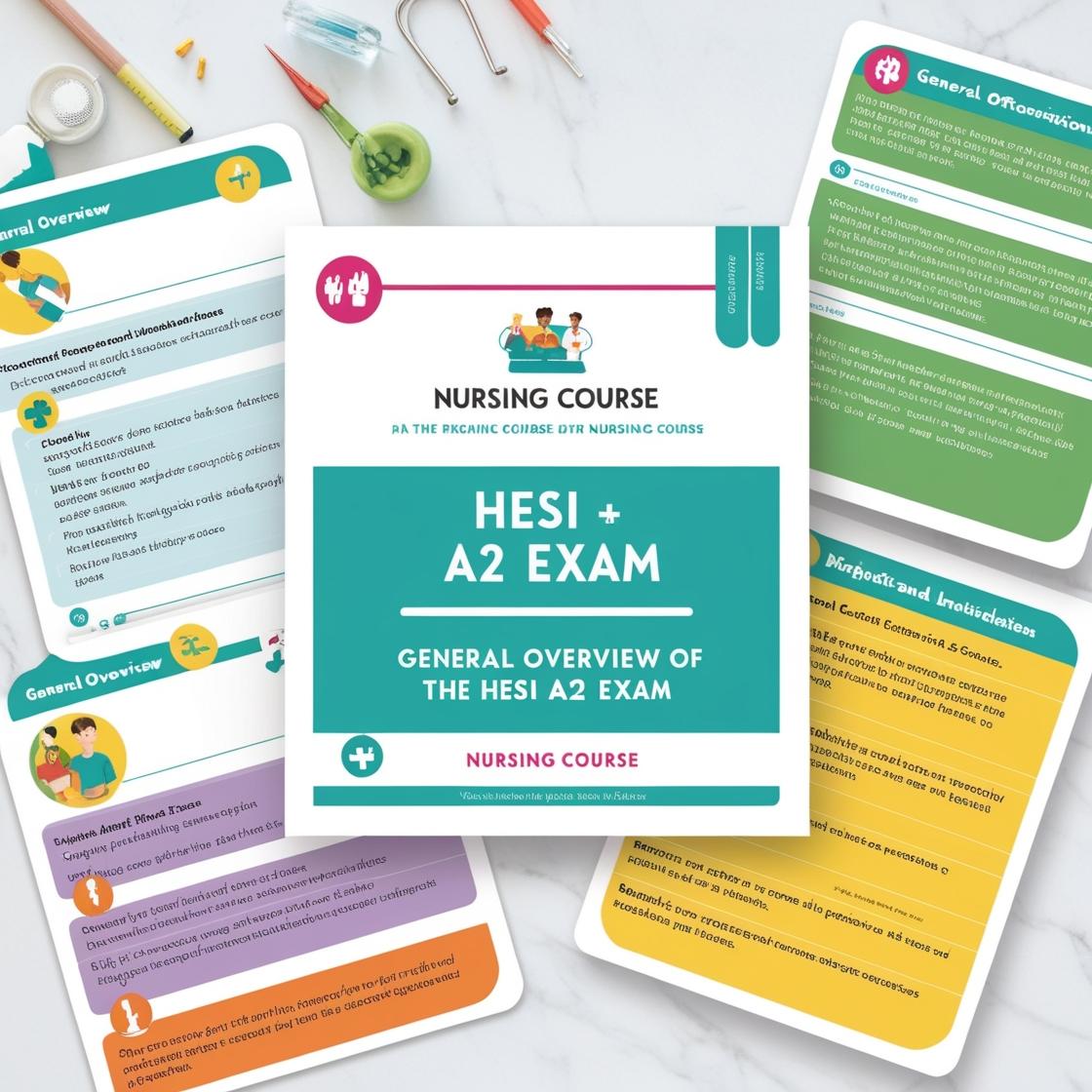HESI A2
HESI A2 Vocabulary 2024
1. A hemostat would be used to limit ___________.
- A. pain
- B. bleeding
- C. fever
- D. coughing
Correct answer: B
Rationale: A hemostat is a surgical tool used to limit or control bleeding by clamping blood vessels during a surgical procedure. It helps to prevent excessive blood loss and maintain a clear surgical field, making it an essential instrument for managing bleeding during surgeries. Choices A, C, and D are incorrect as a hemostat is not used to limit pain, fever, or coughing, but specifically to control or limit bleeding.
2. The C in C-section stands for ___________.
- A. Carthusian
- B. Caesarean
- C. Cartesian
- D. Caedmon
Correct answer: B
Rationale: The correct answer is B: Caesarean. The C in C-section stands for 'Caesarean' after Julius Caesar, who was rumored to have been born via this surgical procedure. The term 'Caesarean' is derived from the Latin word 'caesus,' meaning cut or incised. Choice A, Carthusian, is incorrect as it does not relate to childbirth. Choice C, Cartesian, is unrelated to the medical procedure. Choice D, Caedmon, is also irrelevant in the context of C-sections.
3. Choose the meaning of the word 'intramuscularly' in the following sentence: 'This vaccine must only be used intramuscularly and as a single-dose vial.'
- A. Between muscles
- B. Into muscles
- C. Without muscles
- D. On top of muscles
Correct answer: B
Rationale: The word 'intramuscularly' in the sentence indicates that the vaccine should be used by injection directly into the muscles. This means the correct meaning is 'into muscles,' making option B the most suitable choice. Choices A, C, and D are incorrect because 'intramuscularly' specifically refers to administering something inside the muscle, not between muscles, without muscles, or on top of muscles.
4. Choose the meaning of the word 'puerilism' in the following sentence: 'Older patients with dementia may show signs of puerilism.'
- A. Congeniality
- B. Depression
- C. Irritability
- D. Childishness
Correct answer: D
Rationale: Correct! Puerilism refers to behaving in a childish or immature manner. In the context of older patients with dementia showing signs of puerilism, it suggests they may exhibit behaviors associated with acting like a child. Choice A, 'Congeniality,' is incorrect as it means friendliness or pleasantness. Choice B, 'Depression,' is incorrect as it refers to a state of low mood. Choice C, 'Irritability,' is incorrect as it means easily annoyed or provoked, which is different from behaving childishly.
5. Which term best describes a synthetic drug?
- A. man-made
- B. phony
- C. atypical
- D. futile
Correct answer: A
Rationale: A synthetic drug is one that is artificially created in a laboratory setting rather than occurring naturally. The term 'man-made' accurately describes this process. Choices B, C, and D are incorrect. 'Phony' means fake or fraudulent, not specifically related to synthetic drugs. 'Atypical' means unusual or not typical, which doesn't directly relate to how synthetic drugs are made. 'Futile' means pointless or ineffective, which is not a characteristic of synthetic drugs.
Similar Questions

Access More Features
HESI A2 Basic
$89/ 30 days
- 3,000 Questions with answers
- 30 days access @ $89
HESI A2 Premium
$129.99/ 90 days
- Actual HESI A 2 Questions
- 3,000 questions with answers
- 90 days access @ $129.99
